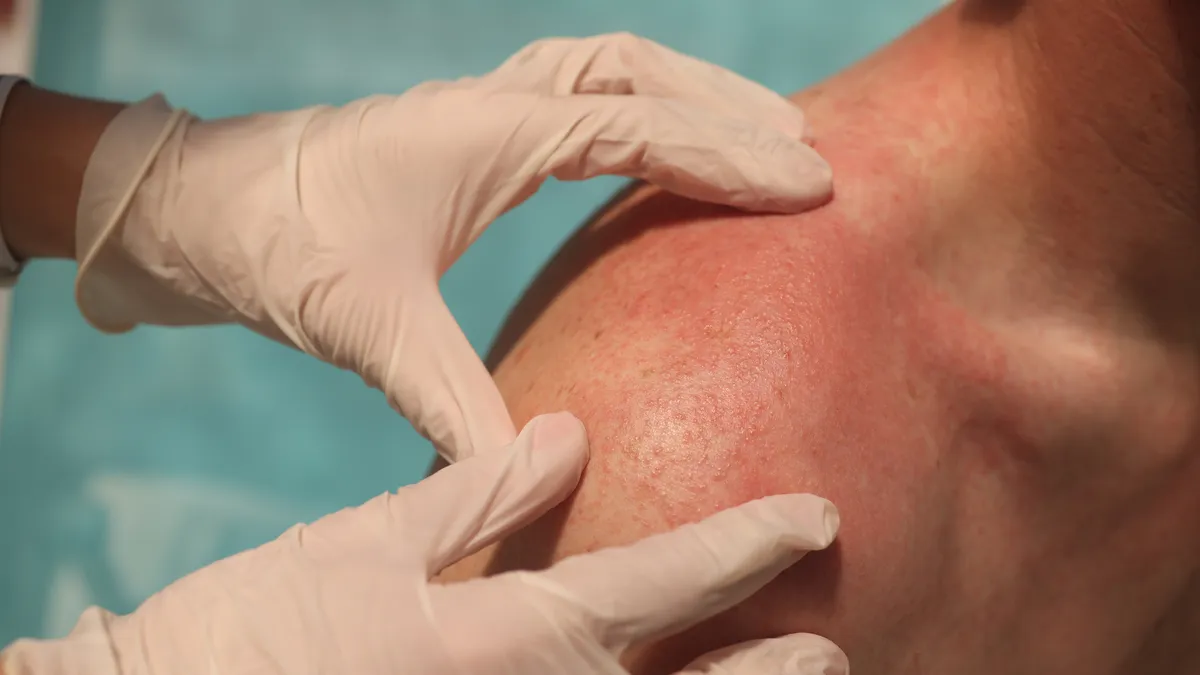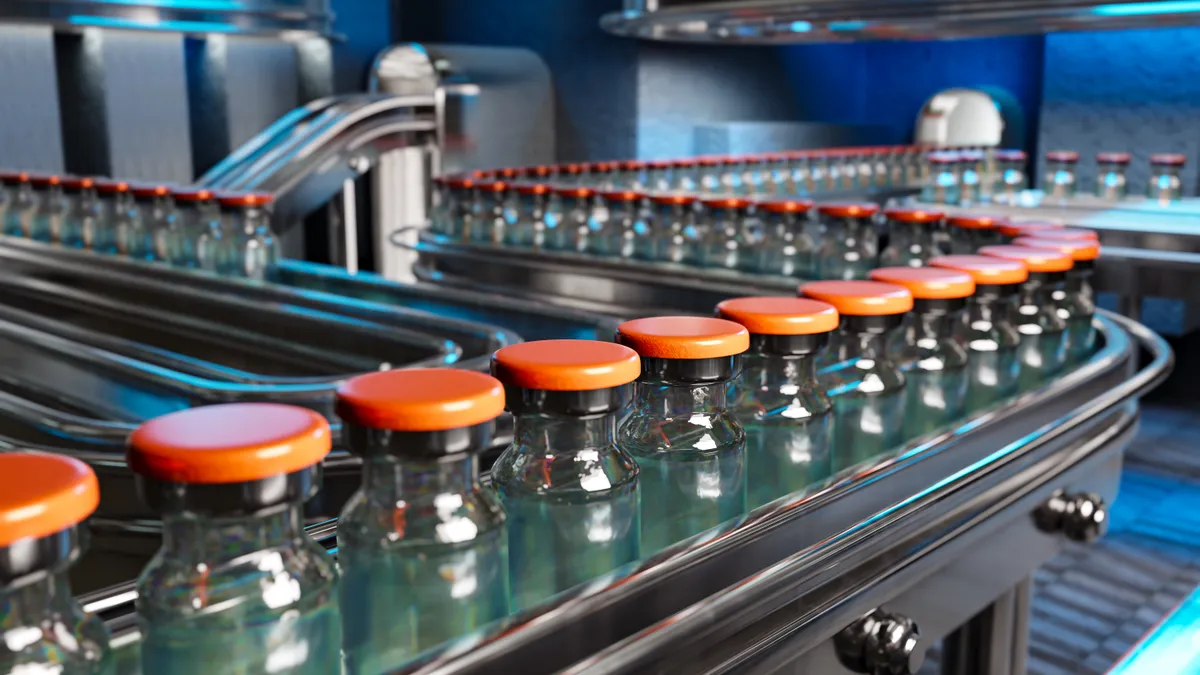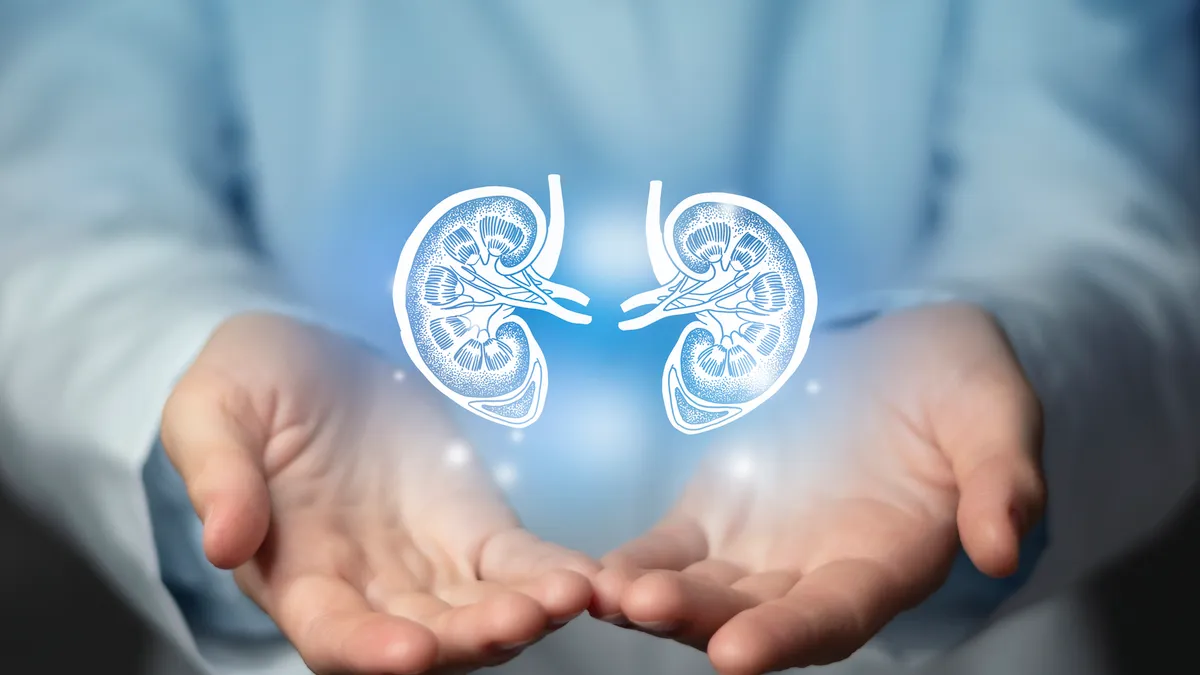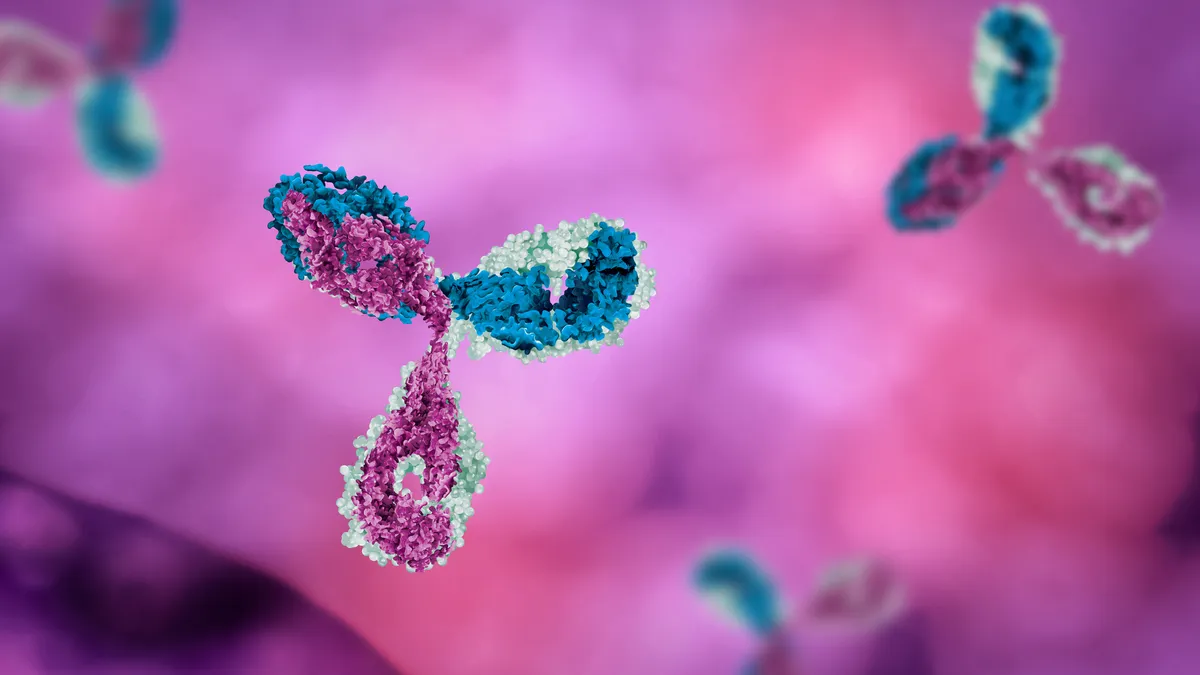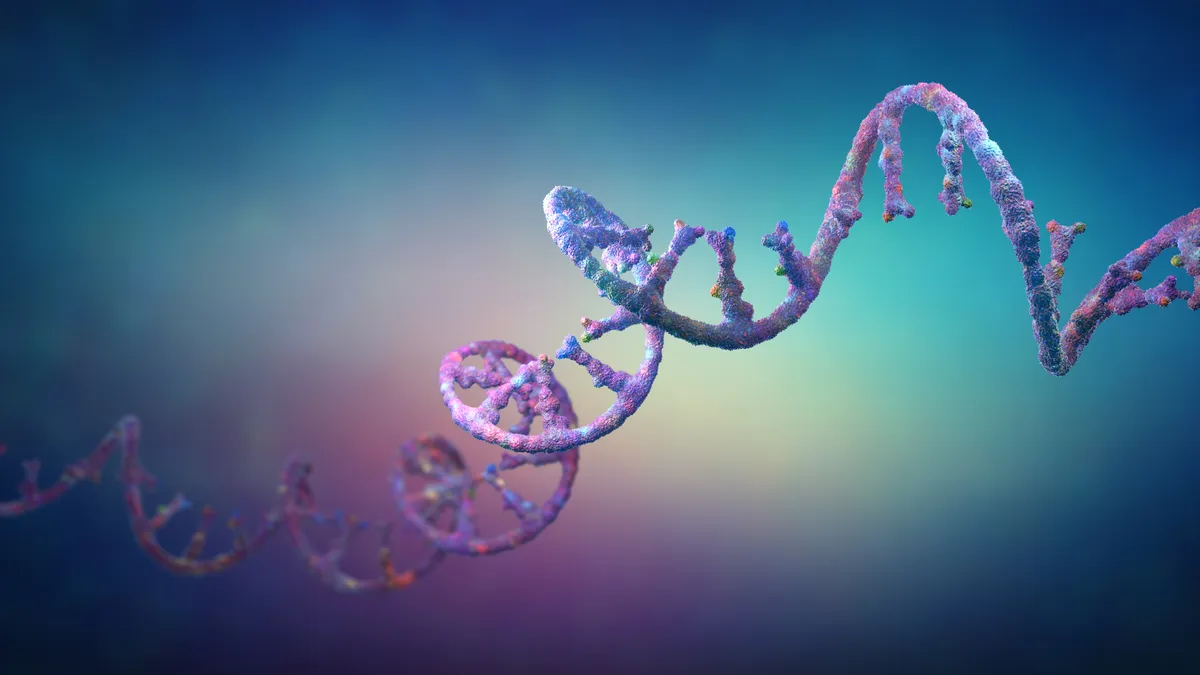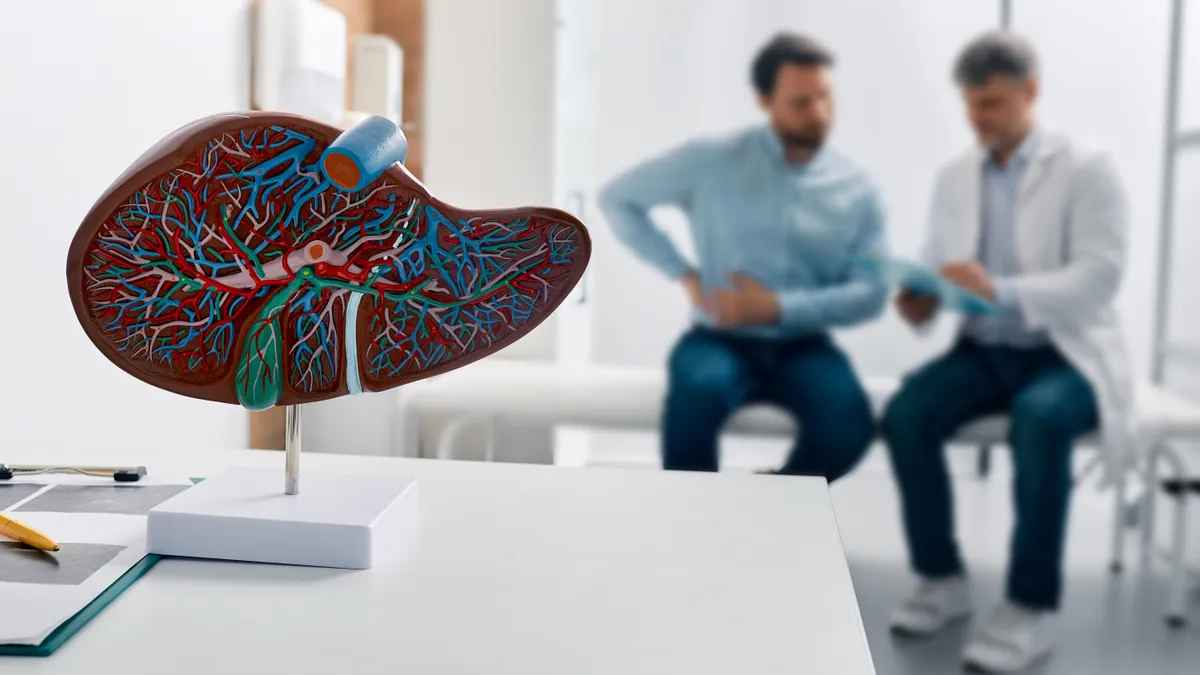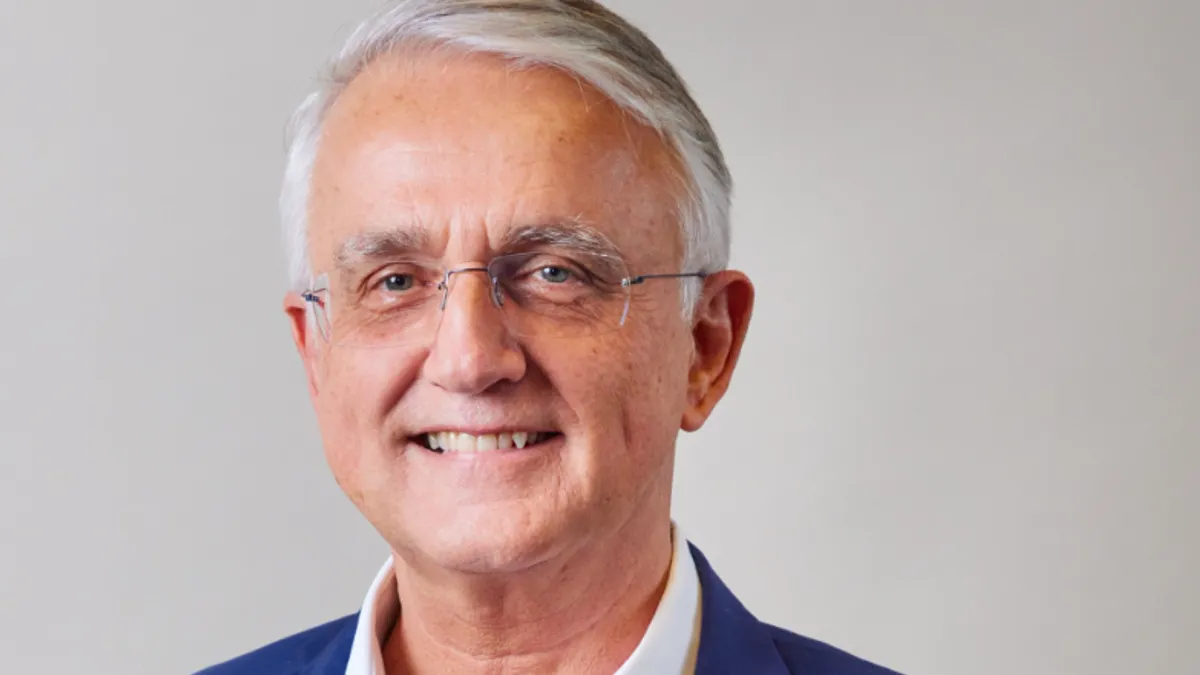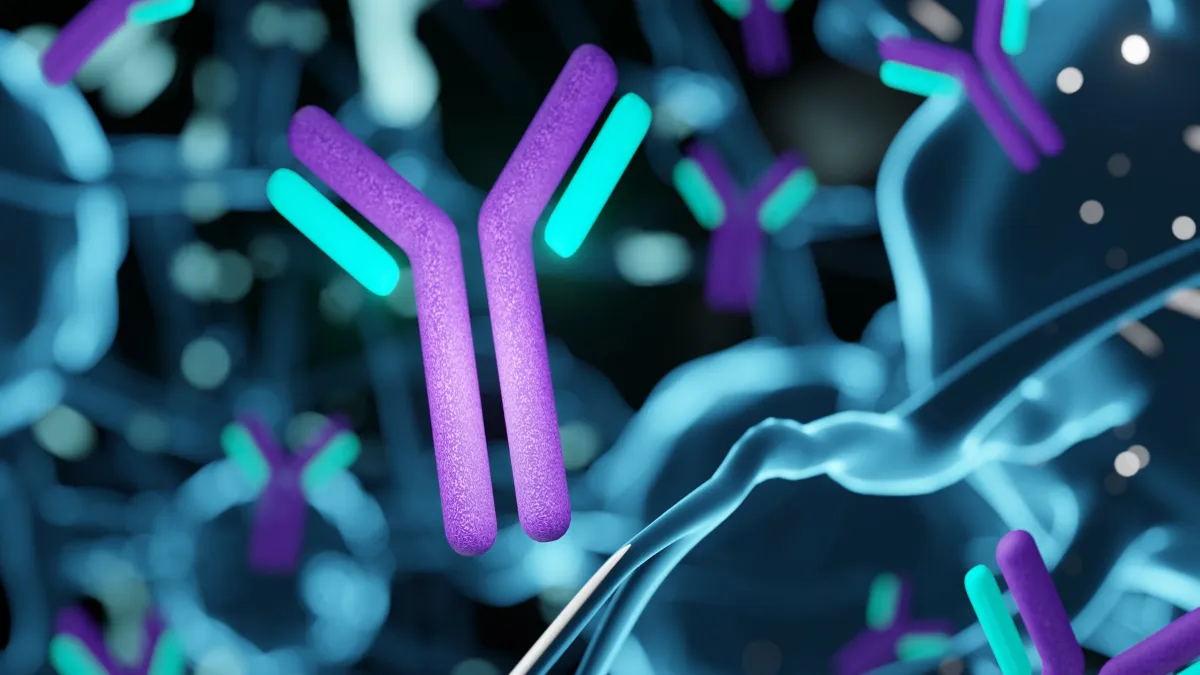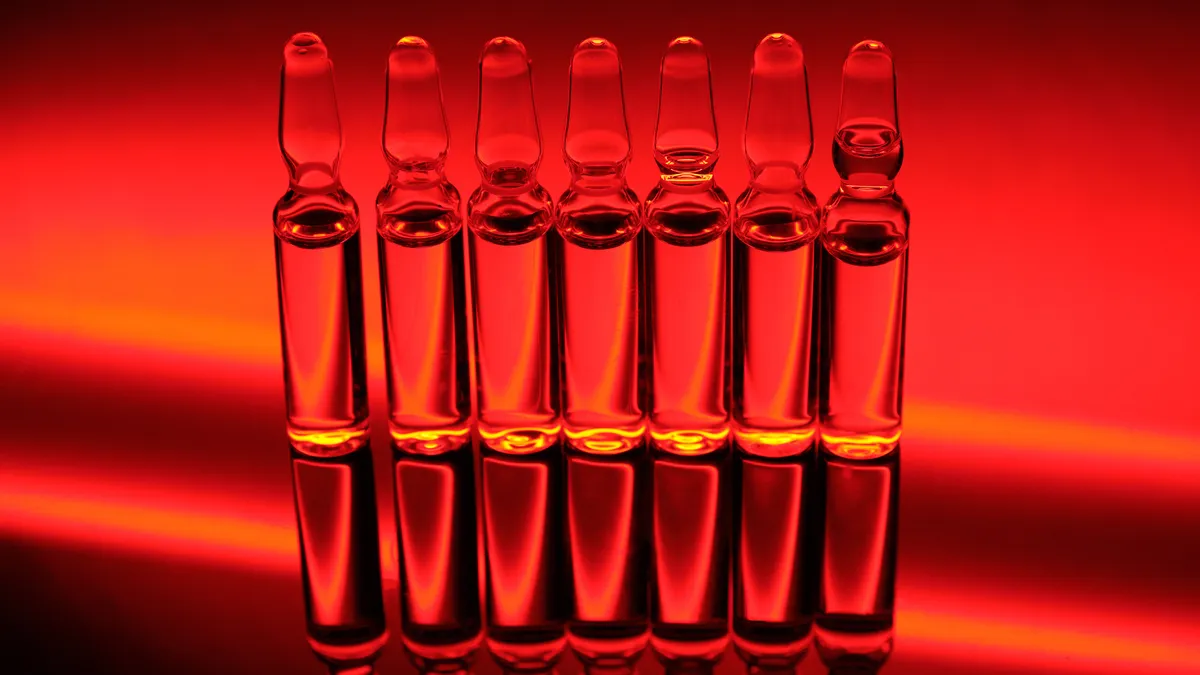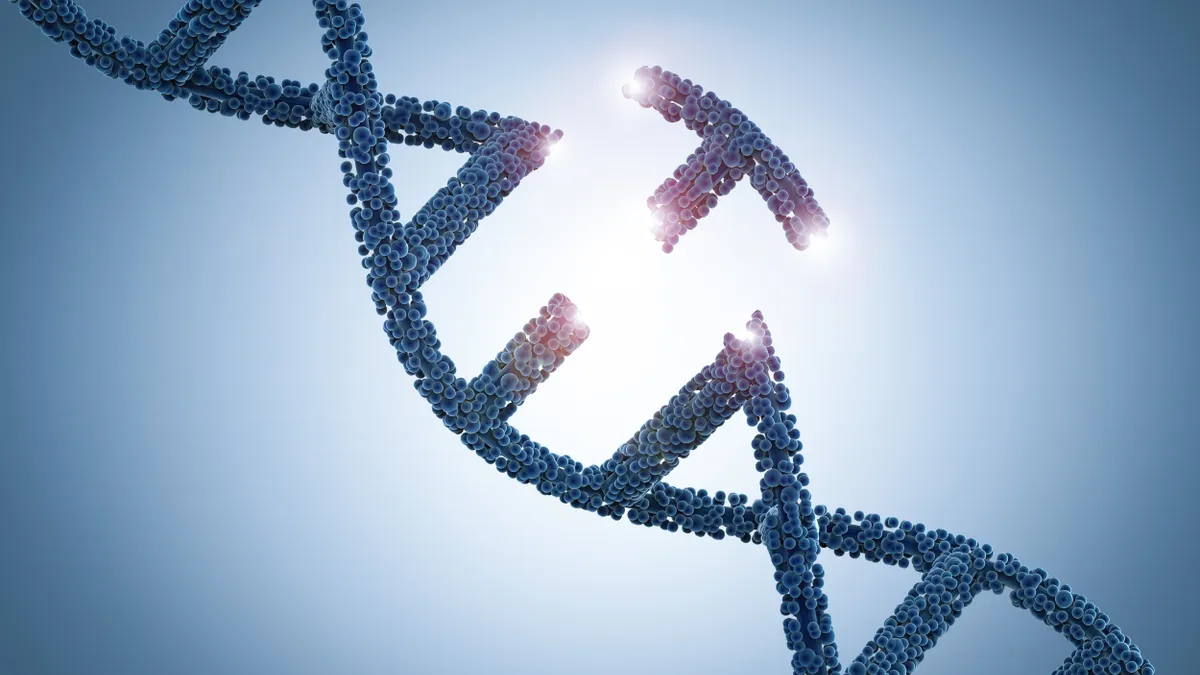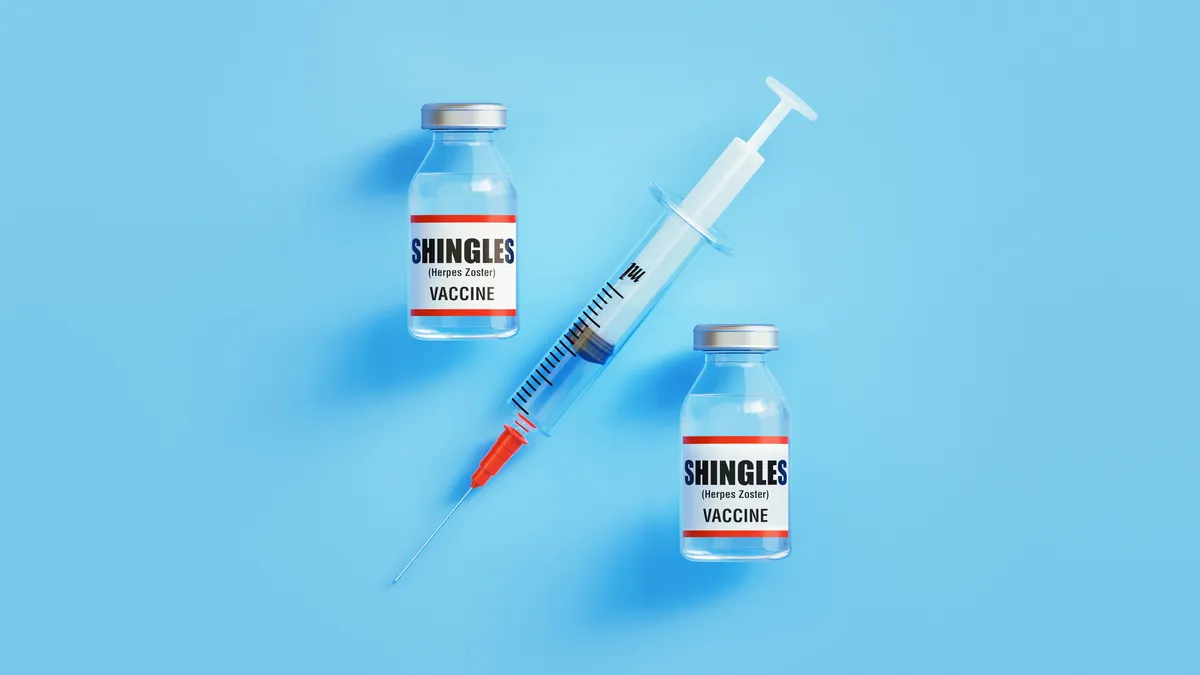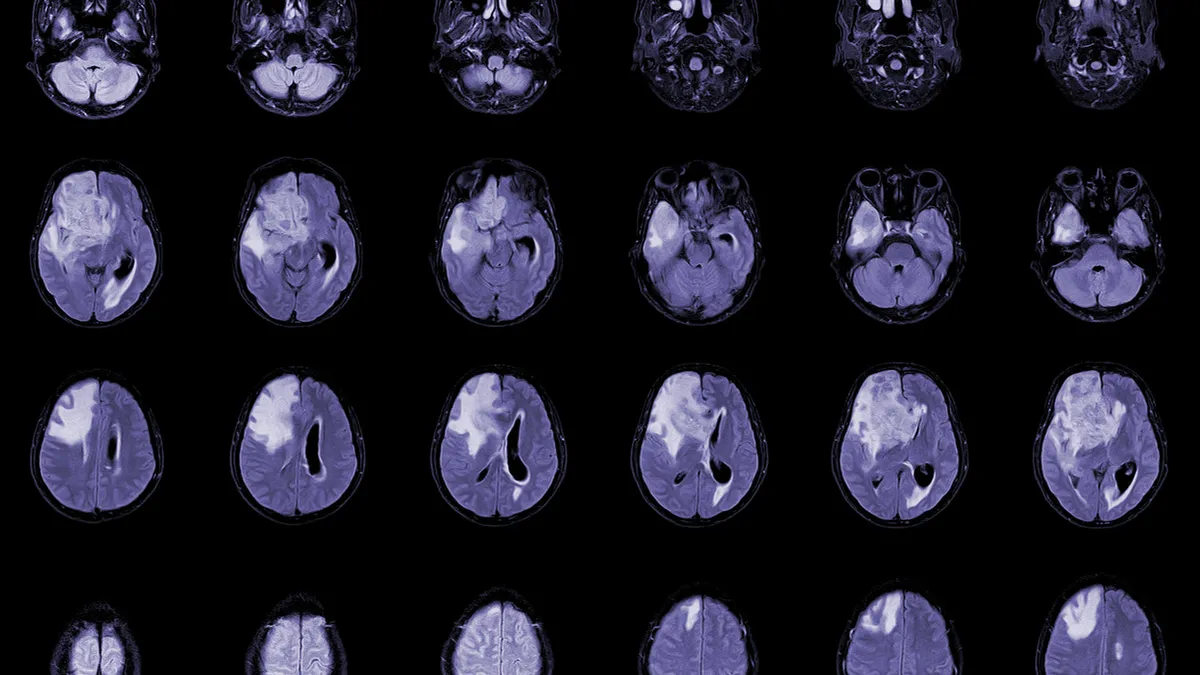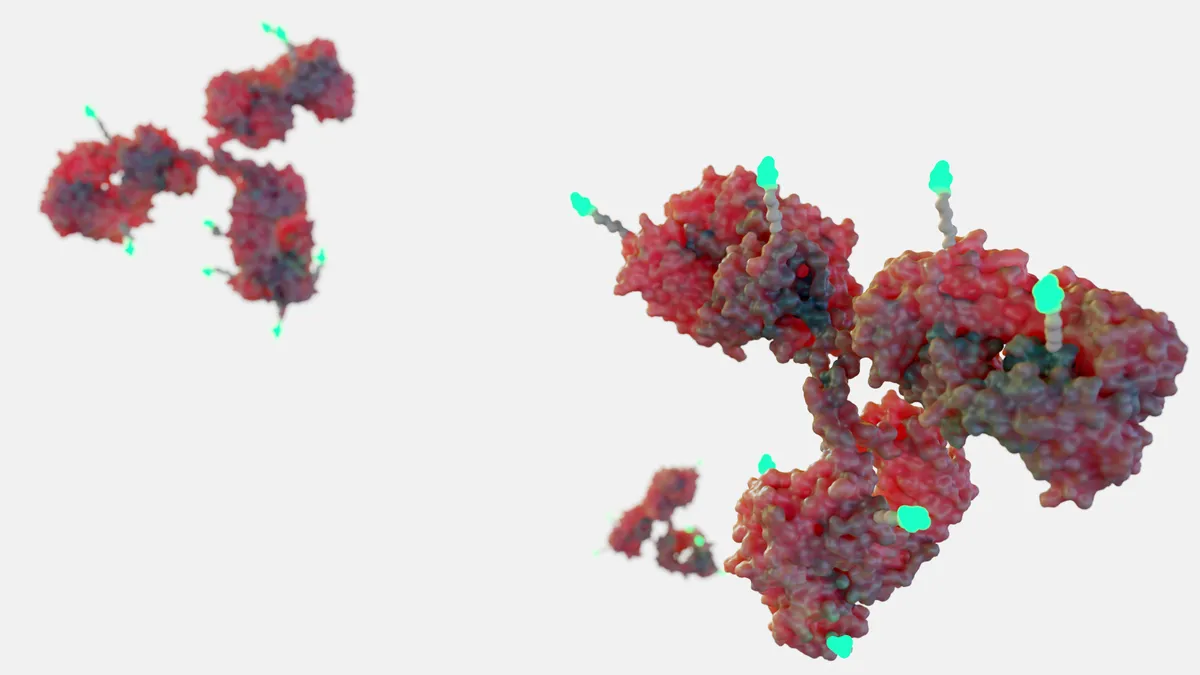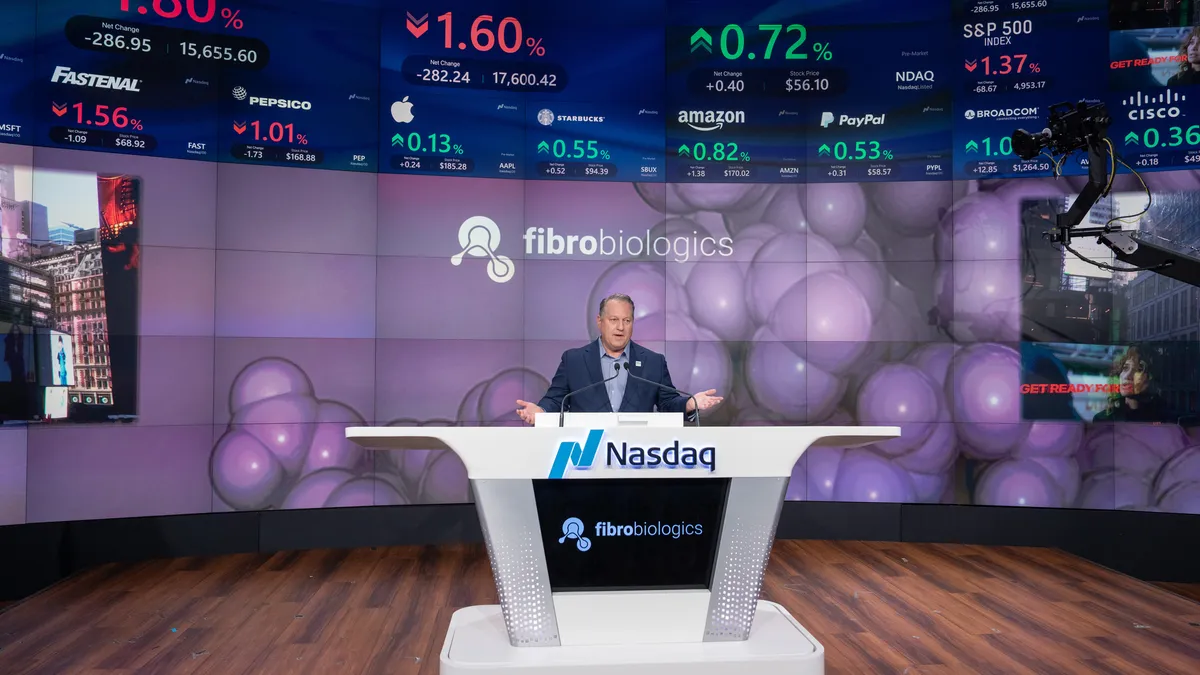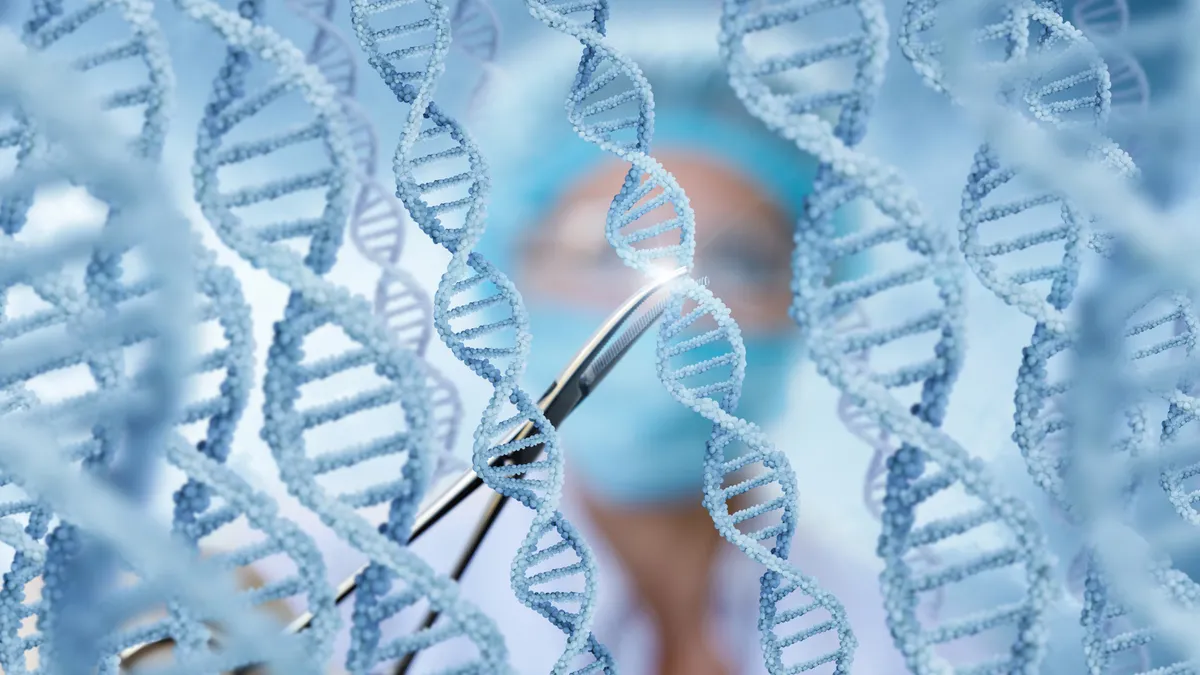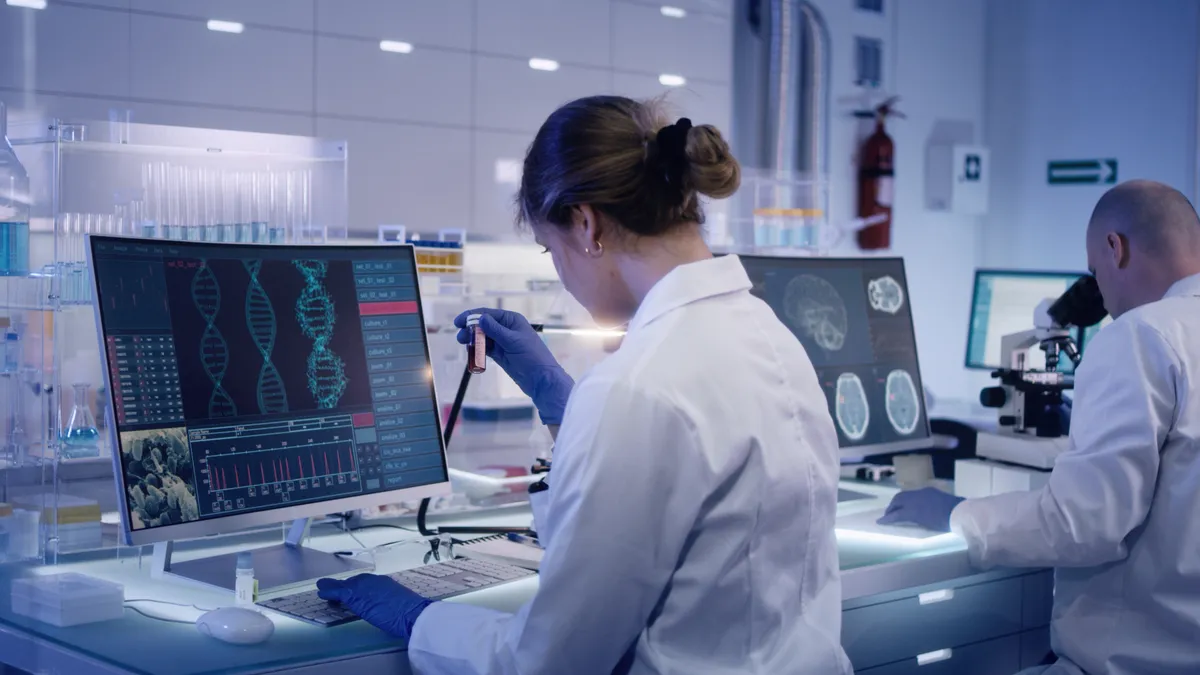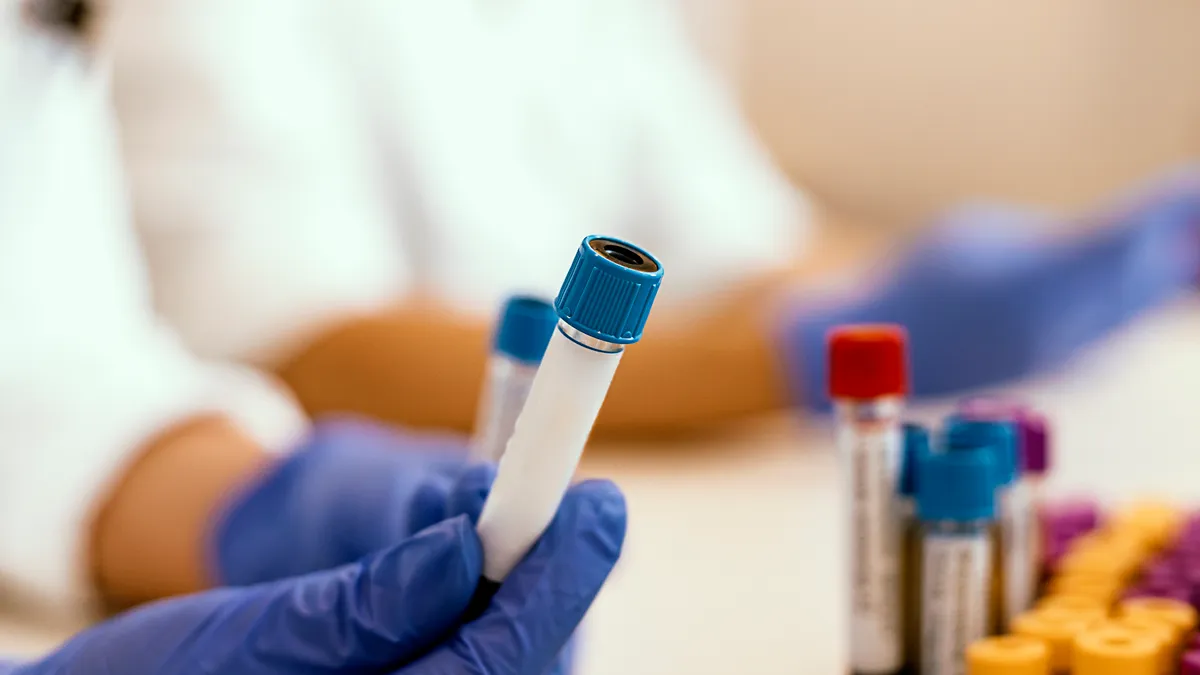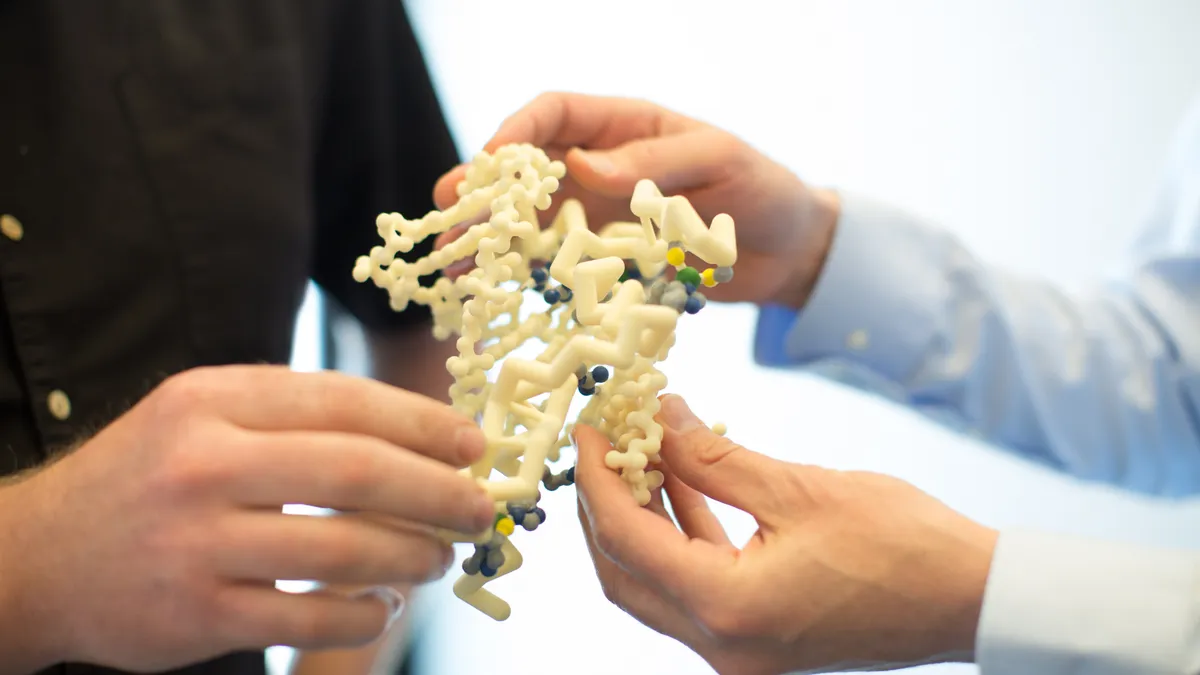Welcome to today’s Biotech Spotlight, a series featuring companies that are creating breakthrough technologies and products. Today, we’re looking at Astria Therapeutics, which is developing a monoclonal antibody engineered with a long half-life to prevent hereditary angioedema attacks.
In focus with: Jill Milne, CEO, Astria Therapeutics
Astria Therapeutics’ vision: With patients as its North Star, Astria’s vision is to bring game-changing therapies to those impacted by rare and niche allergic and immunological diseases.
Why it matters: Milne, a serial biotech entrepreneur, recently received good news on two fronts for her clinical-stage biopharma company — her company closed on more than $100 million on an offering of common stock, and lead program STAR-0215 posted positive phase 1a results.
STAR-0215 is being investigated as a preventative treatment for hereditary angioedema (HAE), which is estimated to affect fewer than “8,000 people in the U.S., and less than 15,000 people in Europe.” The phase 1a clinical trial results released in December established early proof of concept in healthy subjects as potential long-acting preventative treatment for the genetic disease.
"Astria is the Greek word for star, and at Astria, patients are the stars that guide us, give us our purpose and show us the direction."

Jill Milne
CEO, Astria Therapeutics
“Most people with HAE lack the protein, or sufficient levels of the C1-inhibitor protein, which blocks the enzyme called plasma kallikrein, the target of STAR-0215. People living with HAE who don’t have C1 inhibitor get an overactivation of plasma kallikrein, which cleaves a substrate to release bradykinin and bradykinin induces swelling,” Milne said. “These patients are prone to swelling attacks of their face, limbs, abdomen and airway, which is incredibly painful. The episodes are unpredictable, and they can be fatal.”
There are currently eight approved treatments for the condition, according to the U.S. Hereditary Angioedema Association. Yet, Astria maintains that its candidate would fulfill the “substantial need” for an option that carries less of a treatment burden. According to Milne STAR-0215's estimated half-life of up to 110 days means it can be used as a preventative treatment rather than as an acute remedy.
“By keeping this enzyme plasma kallikrein suppressed, we believe that the severity of any attack that might occur would be limited in terms of duration and magnitude,” Milne explained. “Based on the profile that we’ve seen to date, we truly believe we’re on the path to a best-in-class therapy. Ours is a monoclonal antibody inhibitor of plasma kallikrein, and just importantly, it has been engineered with a long half-life. So, the idea is that we hope to be able to allow patients to dose very infrequently.”
Astria plans to kick off a trial in the first quarter of 2023 to evaluate a six-month dosing regimen with additional healthy subjects, expecting initial results in the fourth quarter of this year. Based on patient feedback, Milne said the No. 1 goal in the treatment of HAE is to help normalize the lives of people living with this disease.
“That’s what we hope we have with STAR-0215,” she said. “We are looking forward to bringing STAR-0215 to patients in the ALPHA-STAR phase 1b/2 trial in the first quarter of 2023.”
Here, Milne discusses the company’s unique formation, her passion for rare disease research and what’s next for STAR-0215.
This interview has been edited for brevity and style.
PHARMAVOICE: What led you to found Astria Therapeutics?
JILL MILNE: The founding of Astria actually dates to a predecessor company called Catabasis Pharmaceuticals, which was founded around rare diseases. Astria came about through the acquisition of a private company called Quellis Biosciences back in early 2021. And we acquired Quellis because of the HAE program that it had initiated. It was an early-stage discovery at that point, and we were very excited by what we saw, and launched Astria Therapeutics with the HAE program as the lead program.
Why rare diseases?
The founding of Astria is connected to our commitment to rare diseases. For us, we see it as an opportunity to help patient populations that are underserved. We have developed some internal expertise and, certainly all of us have a shared passion for addressing the needs of patients and families that are affected by rare diseases. We believe we are in a good position to be able to deliver on that vision of bringing important therapies to patients.
Astria is the Greek word for star, and at Astria, patients are the stars that guide us, give us our purpose and show us the direction.
Why HAE? Do you have a personal connection to that disease?
Yes, I have a personal connection to HAE, but it’s not because I have a family member who is affected by this disease. But as I’ve gotten to know this disease and interacted with a number of people living with HAE and family members of patients with HAE, I now have a very strong personal connection to the disease, and a very strong personal commitment to make a difference for those people who are affected by HAE.
Our goal is to develop the most patient-friendly preventive therapy for people living with HAE. Based on the data that we recently released, I believe we are on our way to hopefully fulfilling that mission.
Were you surprised by the results you received in December 2022?
With clinical trials you never know. I was confident that we’d be able to support a good profile for this monoclonal antibody. I will say, the results exceeded my expectations in terms of the half-life of the antibody and the pharmacodynamic effects that we saw with STAR-0215. There was a lot of excitement, which turned very quickly to optimism that we really have something here that has the potential to make a real difference in this patient community. I think everyone who is in this industry feels similarly that we’re all here to make a difference for patients. And when you see data that makes you believe you are one step closer, it is incredibly exciting.
You are developing STAR-0215 to be a preventative treatment. Why is this important?
We designed STAR-0215 to inhibit the enzyme called plasma kallikrein to prevent attacks from occurring in the first place. By keeping plasma kallikrein suppressed, we believe that the severity of any attack that might occur would be limited in terms of duration and magnitude. We went into our first clinical trial looking to provide data that could support dosing once every three months or longer. And, indeed, our phase 1A results support that concept that we should be able to help patients be able to dose infrequently.
What’s the plan for this year?
To initiate a patient trial in patients with HAE over the next 18 months. We expect proof of concept results in patients by the middle of 2024.
We are working very closely with the patient community through the HAE Association, which is the patient advocacy organization to understand how to optimize the design of this trial for patients and to make it as patient-friendly as we can.
Is this a drug you can bring to market yourself? Or will you end up having to partner?
We believe as a small biotech company, we could bring this to market on our own. However in 2023 one of our objectives is to determine what our global strategy is going to be for this program.
I think STAR-0215 has the potential to be a true game changer for people living with hereditary angioedema. In terms of the engineering to make this antibody have an extremely long half-life, it not only has the potential to make a real difference for people with HAE, I think this approach could be applied to other rare diseases as well.
















